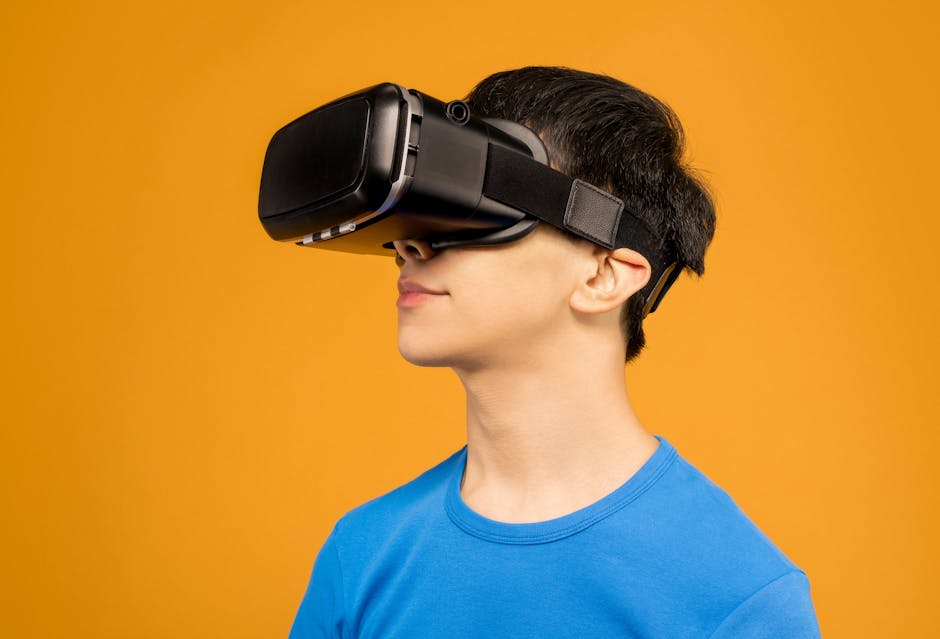The Digital Renaissance: Navigating the Future of Media and Publishing

The Digital Renaissance: Navigating the Future of Media and Publishing
The transition from traditional to digital media marks a transformative period akin to the evolution from the Gutenberg press to today's digital-first landscape. As we approach 2025, the intersection of technology and evolving market demands is poised to redefine traditional media and publishing paradigms, offering unparalleled opportunities for innovation and engagement.
Emerging Trends Shaping the Industry
Shift to Digital Platforms: The migration from print to digital has been pivotal, spurred by the widespread adoption of smartphones and broadband. This shift has democratized access to information and broadened the global reach of digital content.
Personalization and AI: AI technologies have transitioned from buzzwords to essential tools that enhance user engagement through personalized content, tailored to individual preferences and behaviors.
Interactive Content: Augmented Reality (AR) and Virtual Reality (VR) are not just enhancing user interaction but are revolutionizing the way narratives are experienced, making the content not only accessible but also immersive.
Strategic Business Model Transformations
Subscription Models: A pivot towards subscription-based revenue models represents a significant strategy for media entities, ensuring a stable revenue stream and fostering a closer relationship with the audience.
Data-Driven Decision Making: Leveraging big data to inform content creation and distribution is not just enhancing efficiency but also ensuring that content is more relevant and impactful to targeted audiences.
Comparative Analysis: From Traditional to Modern
The evolution from traditional print-based models to modern digital-first approaches has been marked by a reduction in operational costs and an increase in efficiency. Modern publishing emphasizes real-time feedback and direct reader engagement, starkly contrasting with the often cumbersome and rigid traditional methods.
The quick adaptation to and implementation of reader feedback is becoming a cornerstone in the durable success of modern media entities in a competitive digital economy.
Integrating Technology with Consumer Demands
The continued evolution of consumer expectations necessitates a deeper integration of emerging technologies. Industry leaders, as highlighted by insights from Written Word Media and Author Media, stress the importance of aligning technological advancements with market demands to not only engage but also retain consumer interest and boost profitability.
Conclusion: Embracing Innovation for Future Triumphs
The ongoing digital renaissance in media and publishing is a compelling narrative of adaptation and innovation. For publishers and media companies, the future lies in embracing these technological shifts not merely as survival strategies but as opportunities to redefine the industry standards and lead in a dynamically evolving marketplace. The strategic importance of these changes is clear: adapt and innovate or risk obsolescence in this fast-paced digital era.
